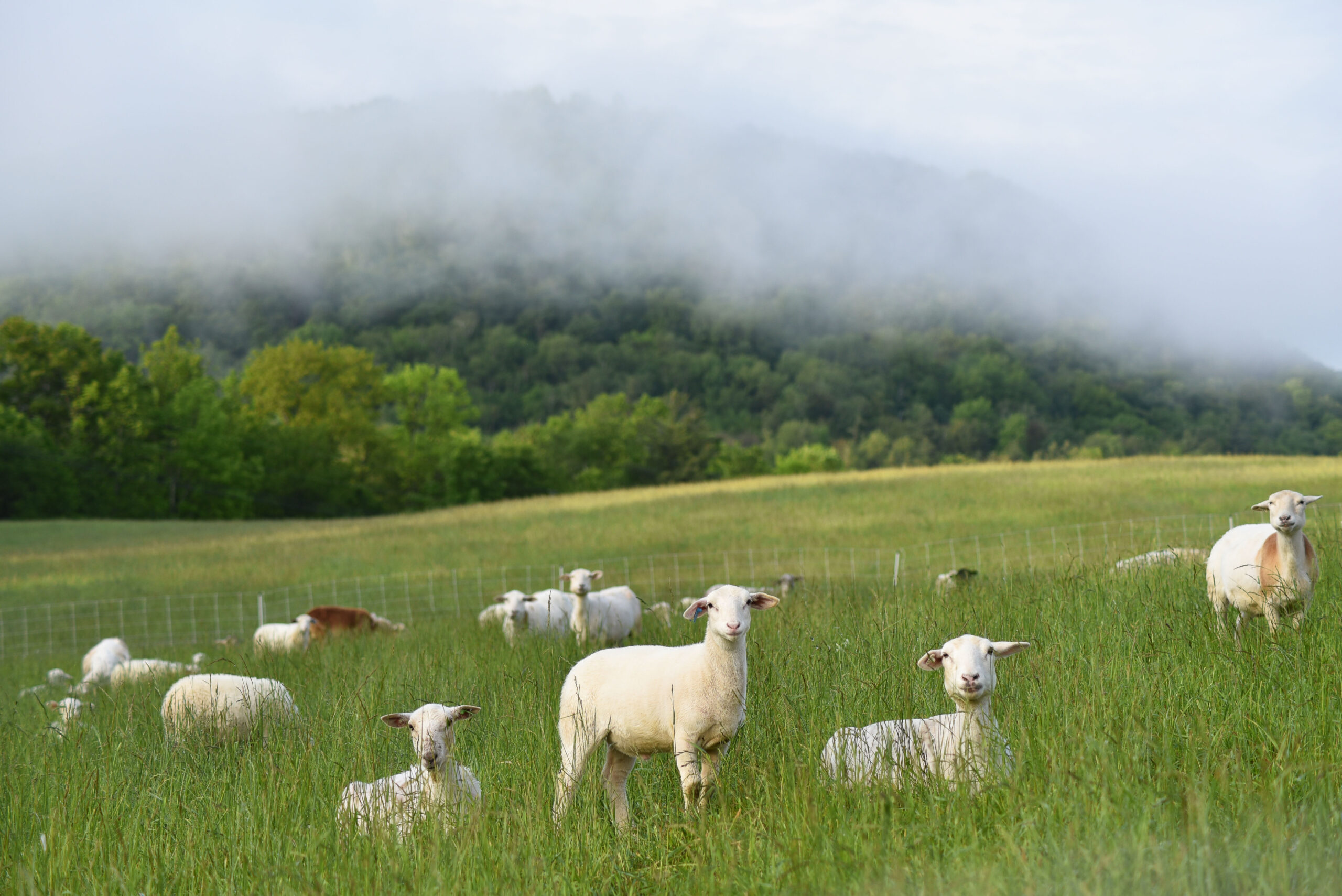Soil is so hot right now. Between the “4 per 1000 Initiative” launched by France during the COP21 conference this year…to last Sunday’s New York Times article from Stephanie Strom, “Cover Crops, a Farming Revolution With Deep Roots in the Past,“…to the #CarbonFarmer campaign from Patagonia Provisions, it seems that soil is finally getting the attention it deserves. It does, after all, play a vital role in all of the earth’s natural cycles.
For this farmer and father, the suddenly-widespread interest in soil comes as a tremendous relief. If we want to live on a planet with a functioning water cycle and carbon cycle and nutrient cycle and so on…we’d better pay more attention to our soil.
One of the most interesting developments to arise out of the sudden interest in soil, I think, is the change it brings to the discussion and definition of climate change–that daunting fuzzy monster. Shining a light on our treatment of our soil suddenly brings “climate change” into focus. We don’t have a “climate change” problem. We have a broken carbon cycle. There’s too much carbon moving up (greenhouse gasses) and not enough carbon moving down (depleted soils, erosion, unhealthy food, droughts, floods, and so on). There’s no more nor less carbon than ever before…it’s just in the wrong place.
Now that the problem has been defined, we can take directed action. Finally.
For farmers, foresters, land-owners, and land managers everywhere, the direct action to take is clear: simply change your land management policies to leverage techniques that put more carbon into the ground than they release to the atmosphere–no-till, cover crops, mulching, livestock rotation, etc. This will not only sequester atmospheric carbon, but as Strom points out in her article, it will also improve the fertility of the soil and therefore the yield and quality of the land’s crops. (If you’d like to learn more about regenerative agricultural techniques, I’d recommend the just-released book from Eric Toensmeier, the master of perennial gardening: The Carbon Farming Solution: A Global Toolkit of Perennial Crops and Regenerative Agriculture Practices for Climate Change Mitigation and Food Security.)
For those without acres to manage, how to participate in the burgeoning soil movement is less clear. Apartment-dwellers, city-dwellers, and suburbanites currently have poor options for joining the movement to rebuild soil. And we need their help.
This is why I wrote–with the help of many farmers and legislators far smarter than I–a bill that, if passed, would create the world’s first Regenerative Agriculture Certification Program. I brought the bill to our intrepid Senator Brian Campion, who introduced it to the Vermont Senate Committee on Agriculture. The bill is now Vermont Senate Bill 159 and is working its way through the legislature.
This program, if created, would test volunteering farms throughout the state and award all the soil-building, carbon-sequestering, food-producing farms with certification. Certified farms and farmers would label their products with the State of Vermont’s “Certified Regenerative” crest.
This certification and labeling program would provide consumers with a tool to use in the movement to build soil and slow climate change. Currently, food produced on regenerative farms sits on grocery shelves right next to food produced in industrial, soil-degrading, carbon-spewing operations. Since current labeling laws (wisely) prevent food producers from making untested claims on their packaging, a consumer would need to be impossibly-familiar with the inner-workings of both operations to make an informed choice. This program would make the choice clear: regenerative food that improves the environment, or…something else. Such a label would enable consumers to reward regenerative farmers for doing the right thing–putting money and business into responsible hands.
The bill has received the support of Bill McKibben and regenerative agriculture advocacy groups Kiss the Ground and Regeneration International.
If you’d like to learn more about the bill and the proposed program, please visit my write up of the proposal on our web site. If you’d like to show your support for this bill, please share this article–particularly to any Vermonters you know. Thank you.
This article was originally published on The Huffington Post as “Vermont Considers Ground-Breaking Regenerative Agriculture Bill.”

